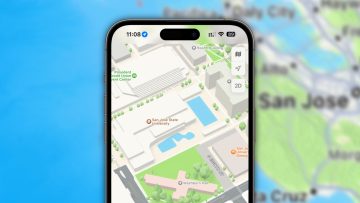The folks over at MOTO Labs (not related to Motorola) demonstrated a DIY yourself technique that allows the average person to easily compare touchscreen performance between multiple handsets. The test is performed by opening a drawing application on the test handset and drawing a diagonal pattern of straight lines very slowly on the screen. A good touchscreen will produce straight linear lines, while a poor touchscreen will produce wavy lines. To demonstrate the technique, MOTO Labs did a comparison test between the Apple iPhone, Google Nexus One, Motorola DROID and HTC DROID Eris. The clear winner in most of the tests was the iPhone which produced straight lines but with curving and sensitivity loss at the edges of the screen. The Nexus One and DROID Eris fall slightly below the iPhone with both handsets performing equally well, producing straight lines with some waviness and good sensitivity at the edge of the screen. At the bottom of the pack was the Motorola DROID which showed significant waviness and “stair-stepping” in all tests. These results might definitely mean something to the average user as a touchscreen that tracks poorly has a higher likelihood of misinterpreting touch input, and apparently imprecision even as small as a millimeter or two can make a significant difference when using a small on-screen keyboard or selecting text for editing. The video demonstrating the test and its results are after the jump. Watch it and let us know what you think. Is the DROID really as bad as the results show or is this test somehow skewed?




